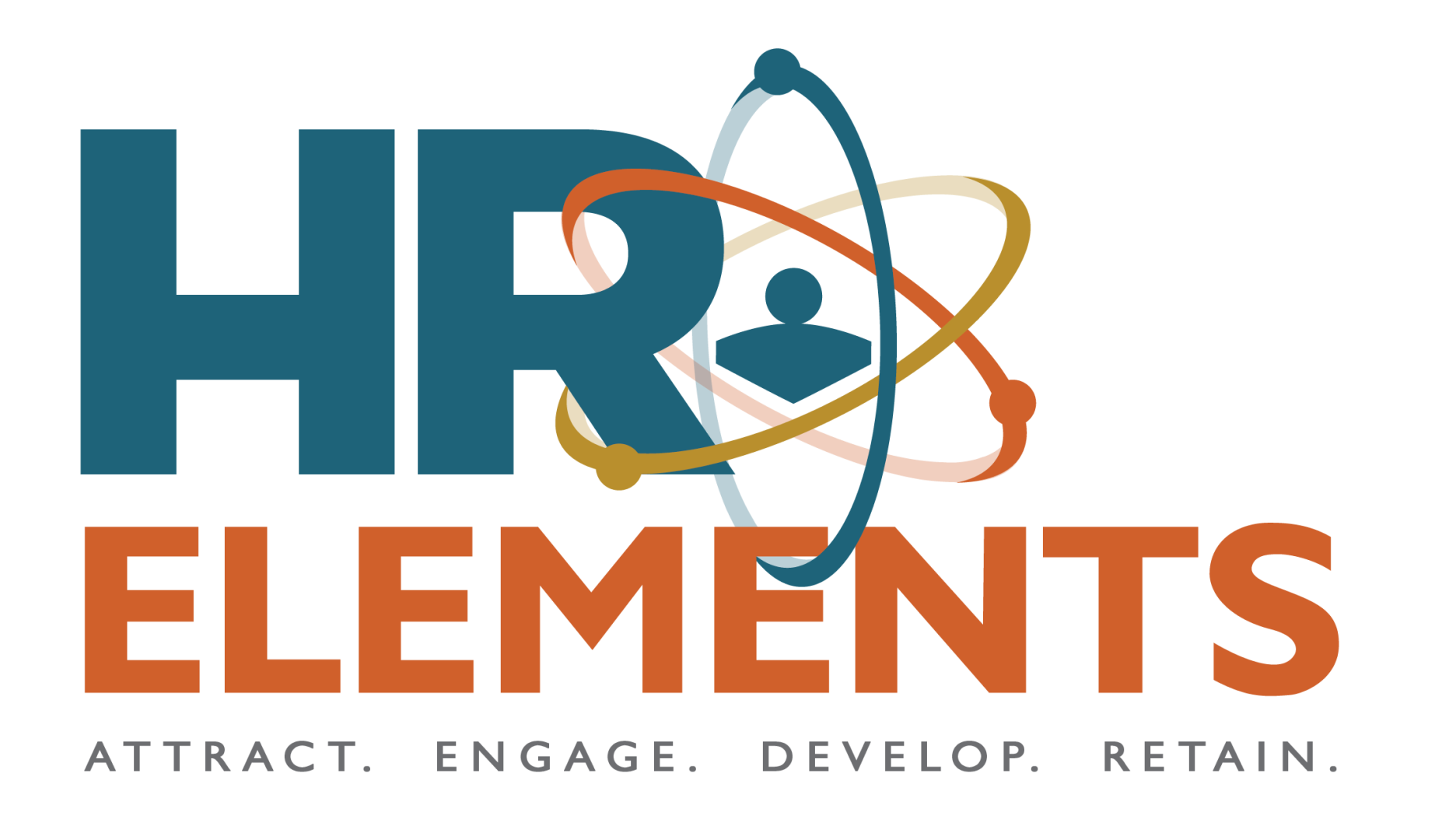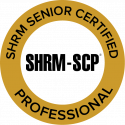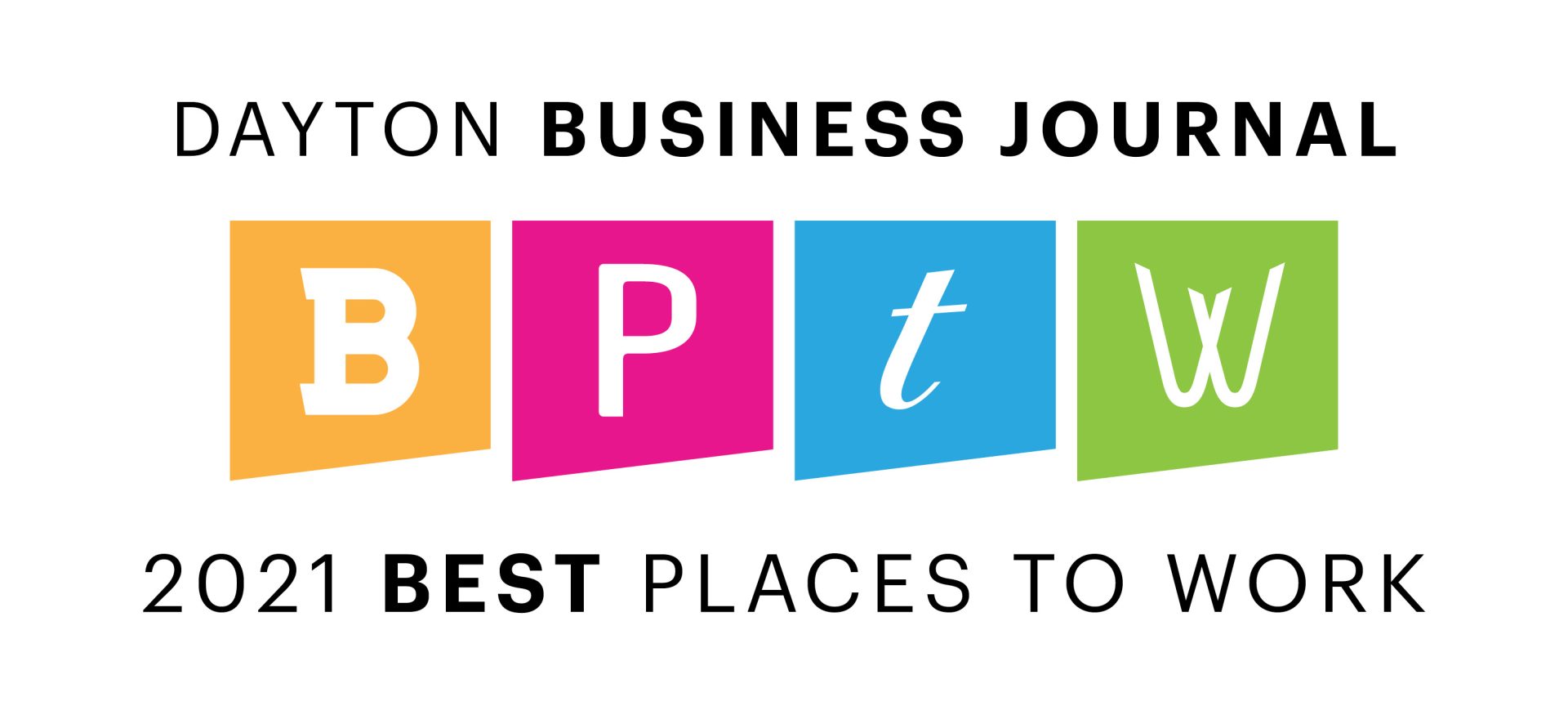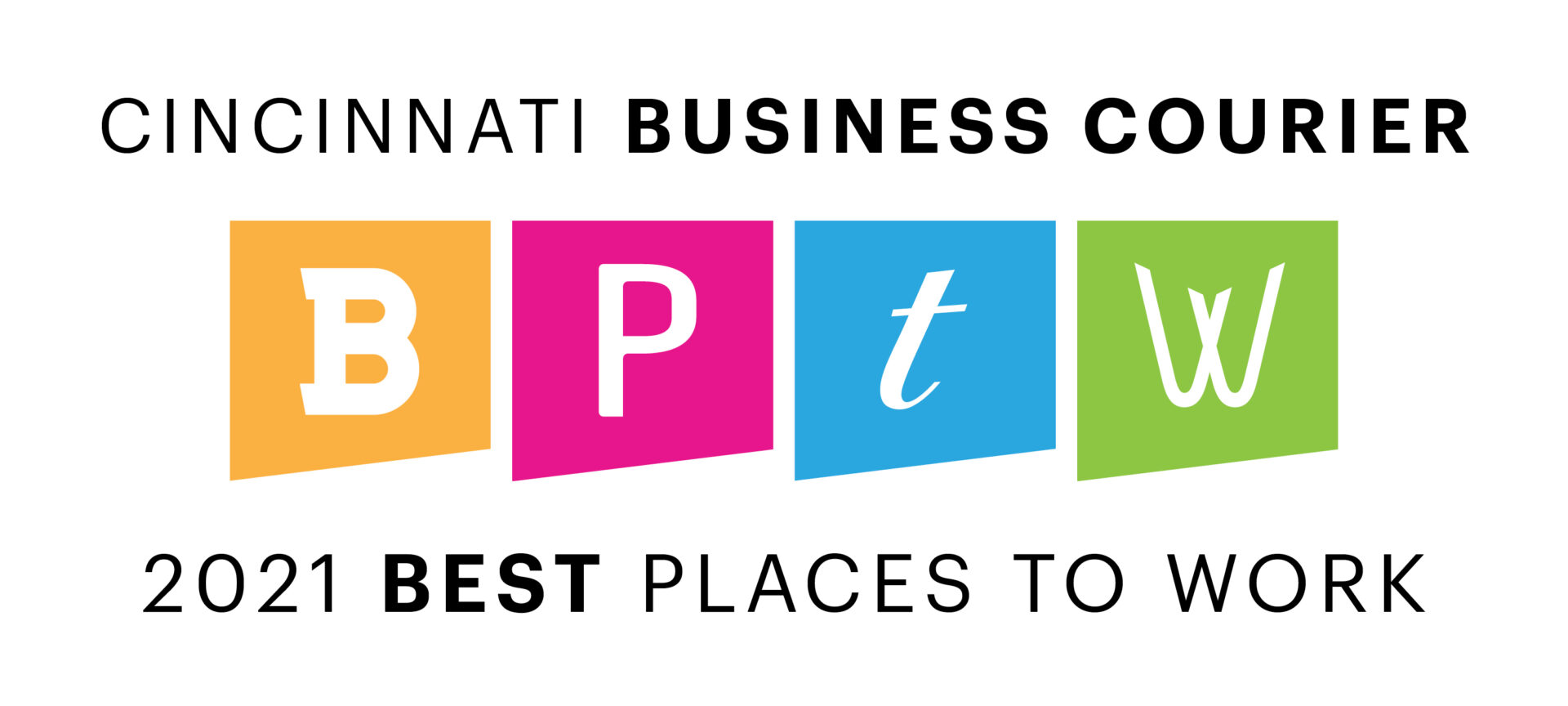Workforce Strategy
Proactively identify talent gaps and skill shortages
At HR Elements, we recognize the critical role of workforce planning in building a resilient and successful organization. Workforce planning involves analyzing your current workforce, identifying future talent needs, and developing strategies to attract, retain, and develop top talent.
This is a strategic process to ensure the continuous growth, retention, and effective utilization of their talent pool while effectively planning for the future state of the organization and critical positions.
The Importance of Workforce Planning
Workforce planning is essential for organizations of all sizes and industries. It ensures that you have the right people with the right skills in the right roles at the right time. By proactively identifying talent gaps and skill shortages, you can implement targeted recruitment, training, and development initiatives. Workforce planning also enables you to respond to market changes and evolving business needs effectively.
Our experienced team collaborates with your organization to assess current workforce capabilities and future requirements. We use data driven insights to develop a comprehensive workforce plan that aligns with your strategic objectives.
Main Objectives:
- Utilize assessments on a team coaching dashboard to enhance team interaction and performance, which increases effectiveness of communication.
- Evaluate key roles needed for the current and future growth of company; and identify any talent gaps to meet the current and future needs and strategies.
- Determine employees’ interest level and readiness for new opportunities for future roles.
- Develop action plans for employees to support readiness for new opportunities.
- Match employees with appropriate mentor to assist with future development within the company.
Phase I:
- Establish and review staffing levels to support current, next, and future state of the organization to meet business an strategic objectives.
- Map out (or review) current and future organization charts for all key roles tied to growth initiatives.
- Establish the knowledge, skills and abilities needed for newly identified roles.
- Create job descriptions, as needed, for new roles, and update existing roles with any changes in competencies.
Phase Il:
- Require managers and/or employees to assemble the following that can be reviewed as part of the 9-box discussion in organization. This process identifies potential and readiness levels of select employees for alignment with critical roles and bench strength.
- Determine process to identify interest of employees for their development and opportunities for advancement.
- Determine career development action plan, training, mentoring needs of specific employees.
- Identify the roles that will need to be recruited in the future to fill gaps.
- Create ongoing process for executing action plans, monitoring progress, and reviewing cadence.
- Establish mentoring program, if one does not exist, and tie employees to mentors.






